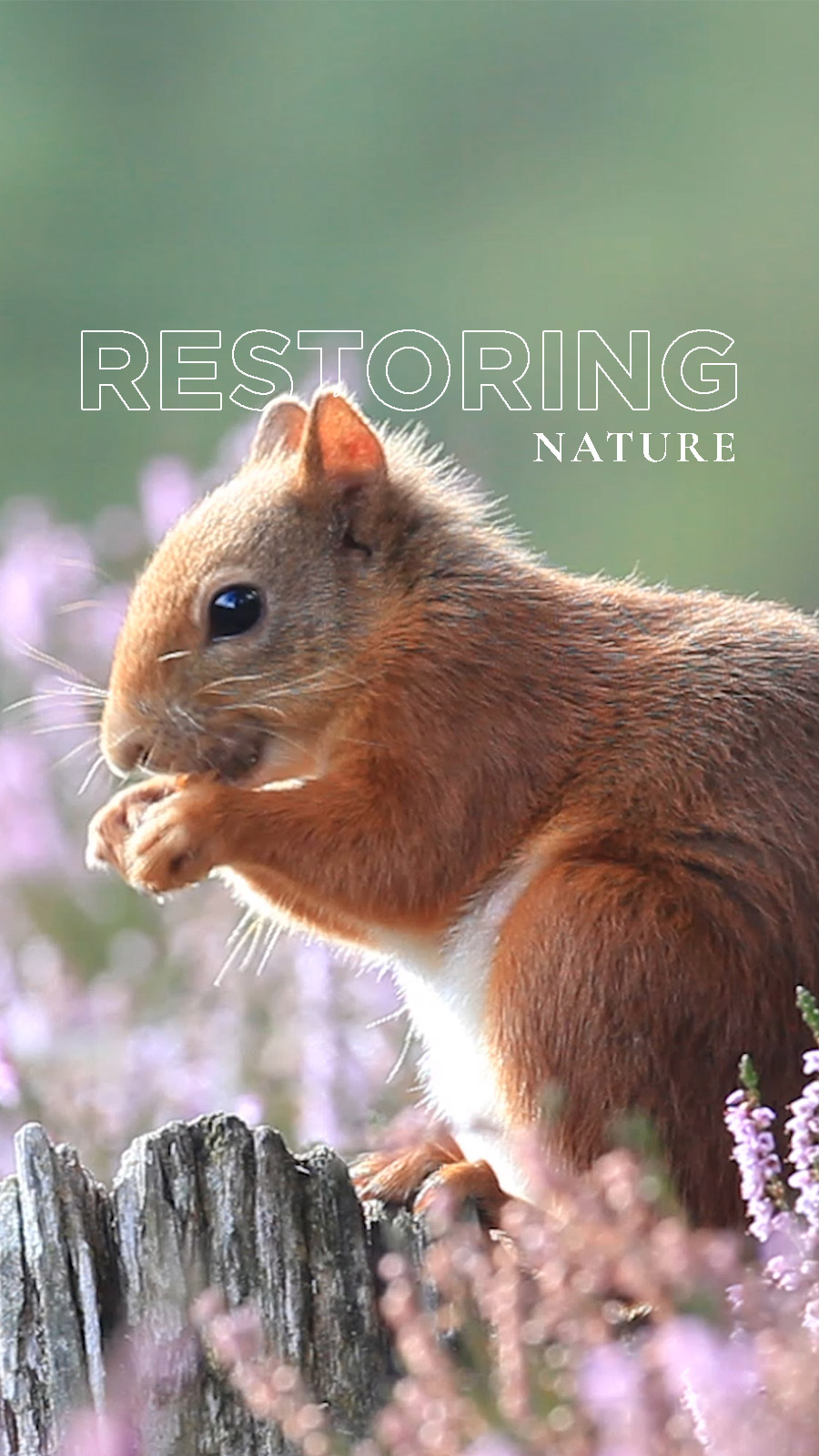
CONSERVATION PROJECTS AT ALLADALE
REFORESTATION
The ancient forests of Scotland have been shrinking for the last 4,000 years. First a cooler and wetter climate, then the axe, fire and livestock reduced natural forests to remnants scattered across the landscape, making rewilding & reforestation in Scotland essential.
Restoring woodland is central to the vision for Alladale Wilderness Reserve, and one of our key conservation projects. Trees provide the foundation for everything – humus to enrich the soil, and a home for the fungi, plants and insects that are the building blocks of a healthy ecosystem. Between 2009 and 2012 to mitigate runoff, erosion and flooding events we planted 920,000 mixed native trees throughout the Reserve’s riparian areas.
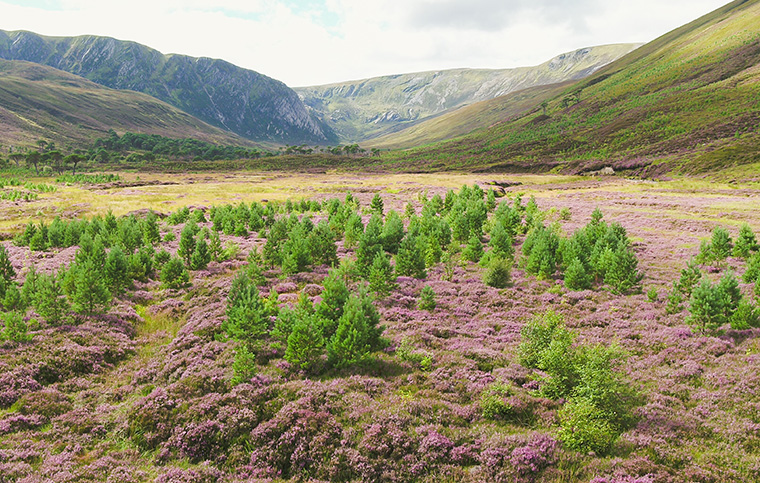
Our conservation partners

PEATLAND RESTORATION
Healthy peatlands sequester billions of tons of carbon in layers of slowly decaying, moist vegetation. In contrast, drained peatlands in the United Kingdom alone emit approximately 10 million tonnes of carbon a year.
In 2012 Alladale created a pioneering scheme, in partnership with financial institution ICAP, to restore 550 acres of damaged peatland; whereby over 4,000 micro dams were installed to help block 20 kilometres of hill drains. This action has helped regulate run-off, prevent erosion and improve water quality. Sphagnum moss is now returning which helps drive peat formation, creating a greater opportunity for carbon sequestration.
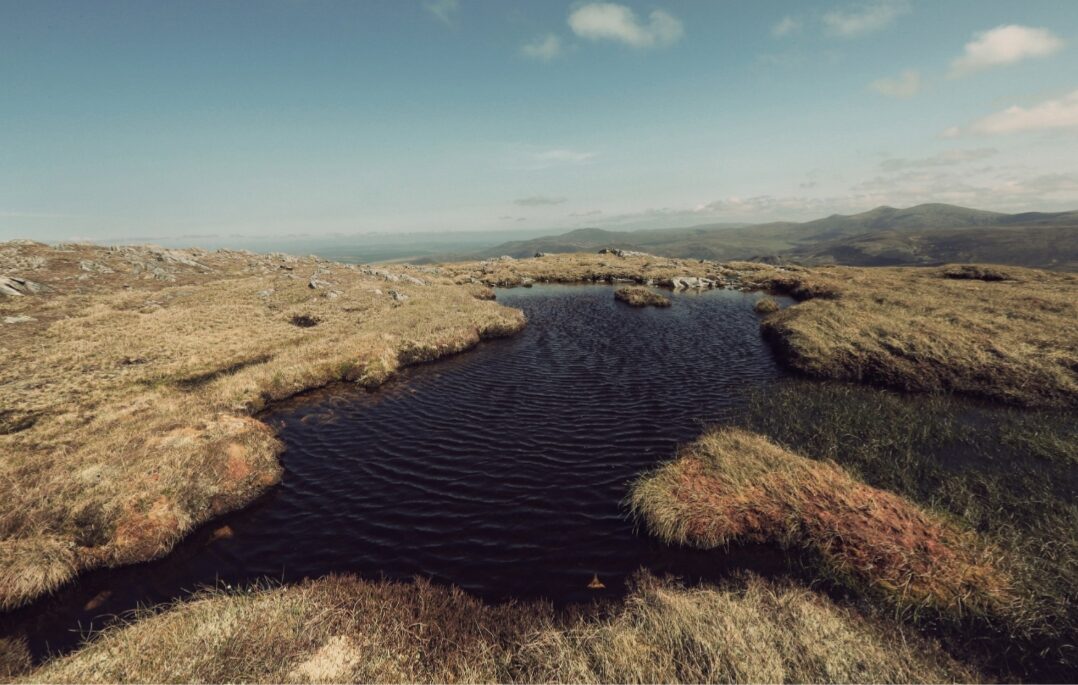
Our conservation partners


SAVING THE SCOTTISH WILDCAT
Until recently, there were thought to be only around 150 Wildcats in Scotland surviving in the wild, leaving it on the brink of extinction.
In partnership with the Saving Wildcats project, led by the Royal Zoological Society of Scotland (RZSS), wildcat enclosures were built on the reserve as part of a nationwide breeding program. Kittens from Alladale are transferred to RZSS’s breed and release centre at Kincraig, to help increase genetic diversity.
In 2023, Saving Wildcats announced the first successful releases of Scottish Wildcats in the Cairngorms National Park, with a second set of cats released in 2024. Since these two releases of 28 adult cats, over 20 kittens have been born in the wild, and more releases are planned in the next few years.
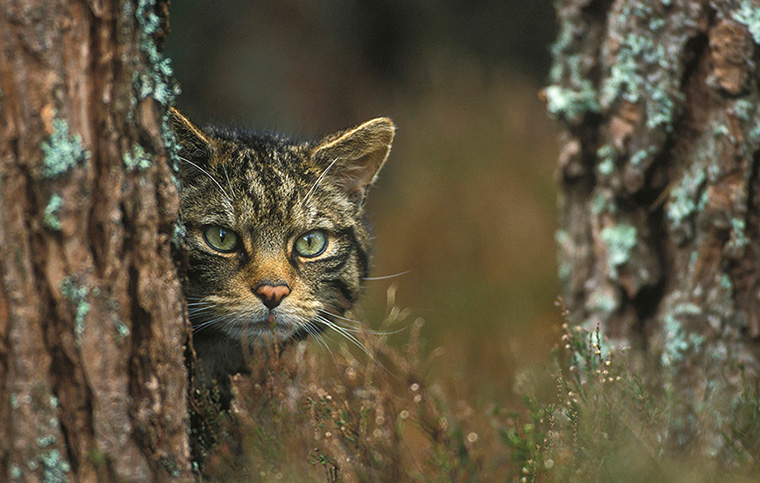
Our conservation partners
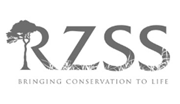

“Our ethos at Alladale is simple: leave the land in better condition than it was found.”
INNES MACNEILL
Reserve Manager
RED SQUIRREL REVIVAL
In the UK, the popularity of the red squirrel has risen at the same time as its population has plummeted. Red squirrels struggle to compete with grey squirrels, especially in mixed woodland, and they are also susceptible to a deadly squirrel pox which is carried by the greys.
In 2013, in partnership with the Roy Dennis Wildlife Foundation, 36 red squirrels were released at Alladale and our neighbours at Amat, Croick and Glencalvie. Since then the squirrels have expanded their range far and wide and can also be seen playing around Alladale Lodge.
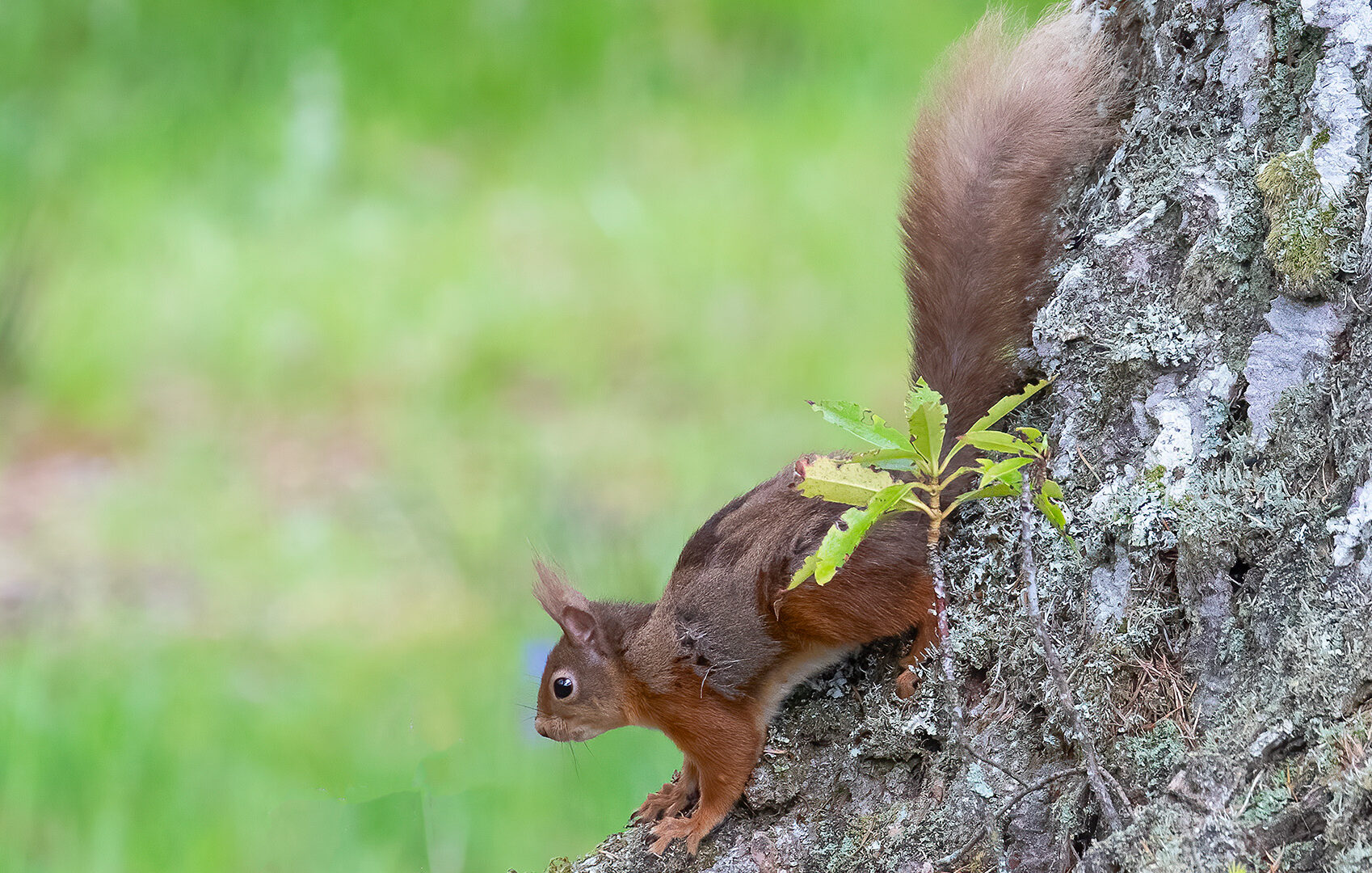
Our conservation partners


EDUCATION
We believe education is a fundamental building block of the conservation process. An integral part of the Alladale vision is our professionally managed Alladale Wilderness Experience, which offers a specially designed environmental journey for local school children, expertly led by instructors from Àban adventure learning community.
Since 2007, when we began providing an education programme, thousands of children have benefitted from coming to Alladale and taking part in the tailor made experience. Local teenagers enjoy a plethora of activities including hiking, orienteering, bushcraft, campfire cooking, tree planting and much more. All the while, they improve their understanding of the natural world, ecology and conservation – and take home key life skills. The students have the chance to connect to nature, which hopefully ignites a passion and desire to help protect wild places.
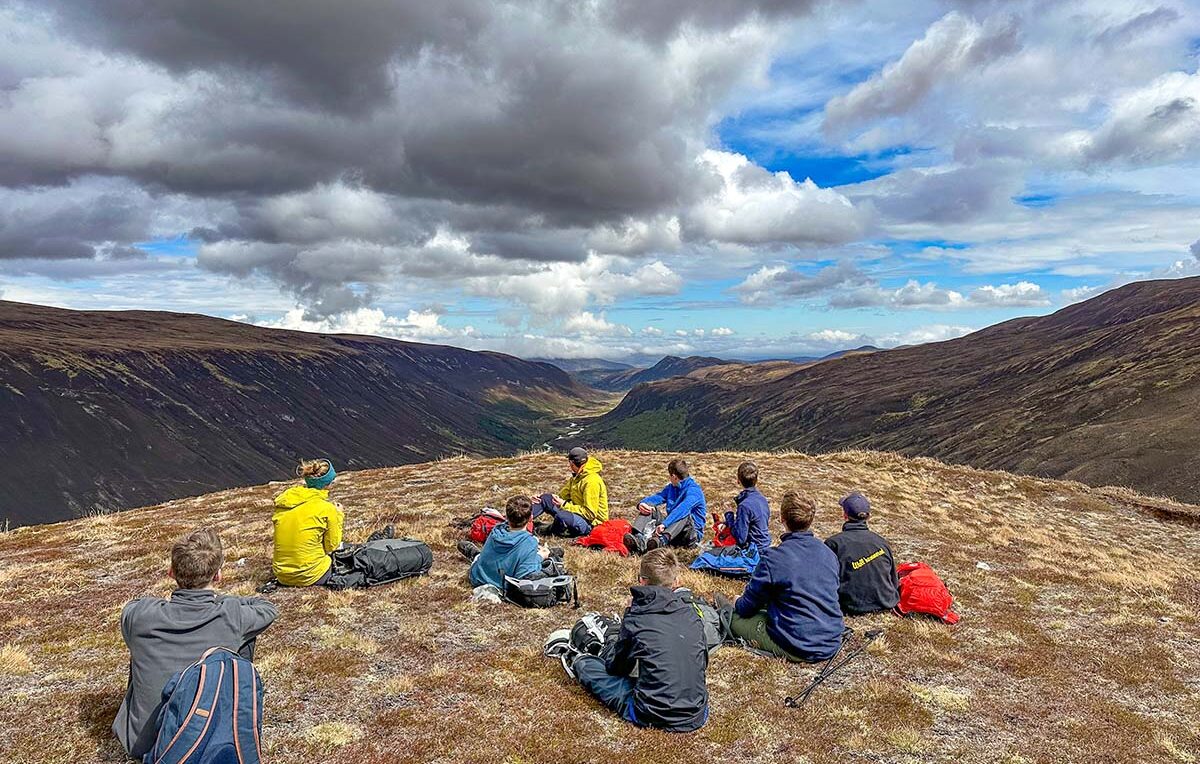
Our conservation partners


“Being out in the wilderness and removed from technology and mobile phones gives students breathing space and allows them time to think.”
SHARON TULLIS
Dingwall Academy
RAPTOR RECOVERY
While many birds of prey have been lost from some areas of the UK due to persecution and pesticide use, Scotland’s high mountains, wild moorlands and remote islands have remained a stronghold for species like the golden eagle and now, white tailed eagles are also making a comeback.
In partnership with the Roy Dennis Wildlife Foundation, and with support from the European Nature Trust, we are monitoring young golden eagles bred on the Reserve. Using satellite tracking technology we aim to learn more about their movements as they search for new territories, as well as following their pairing and breeding success.
Discover More
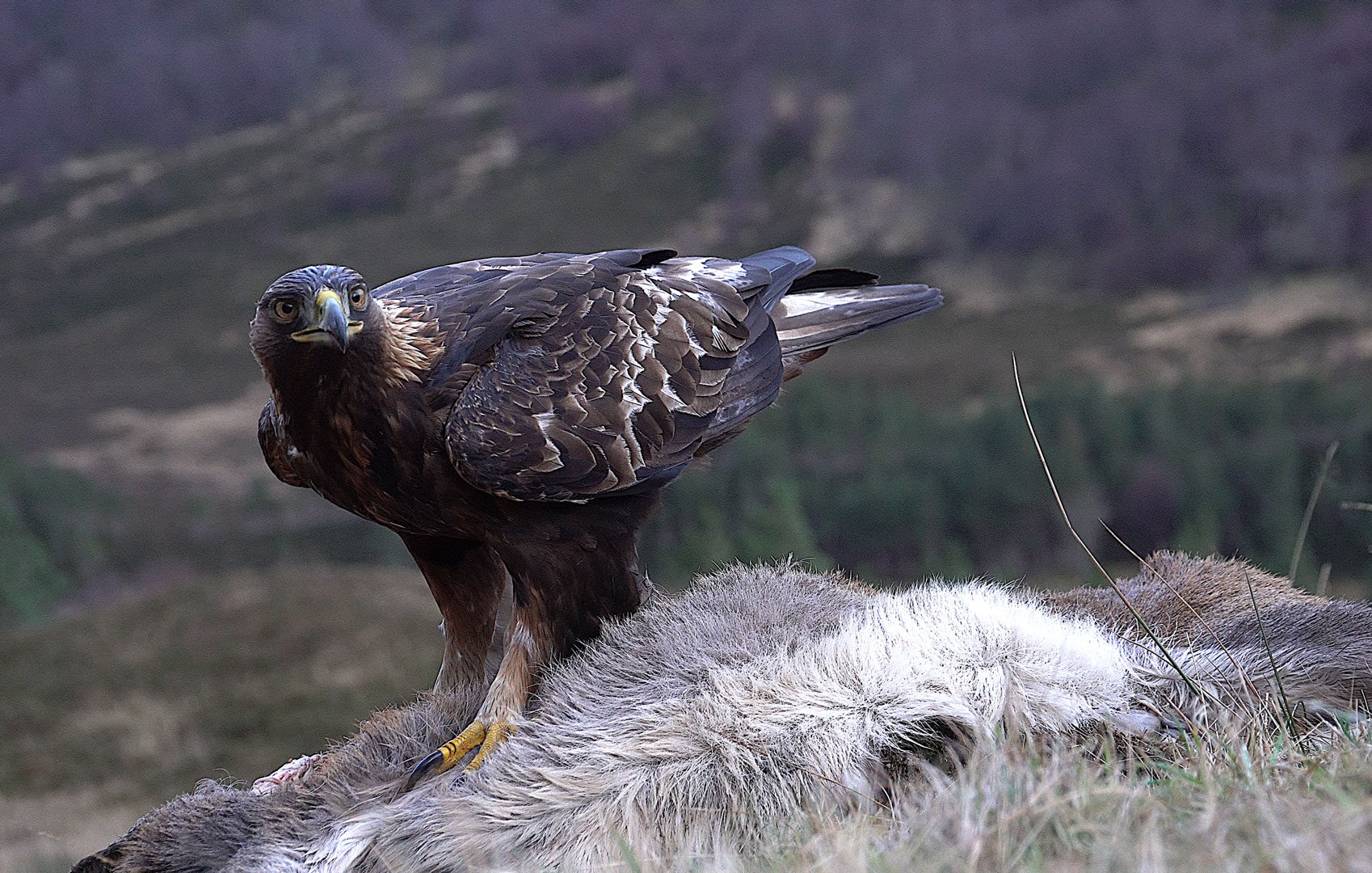
Our conservation partners

